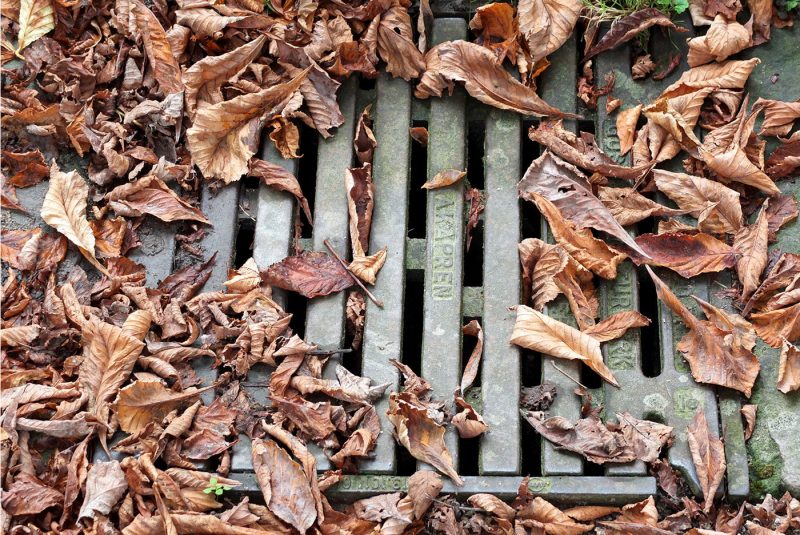As we move into the colder months and heavy rainfall becomes more frequent, it’s good time to ensure that your storm water drains can handle the load.
Storm water drains are more susceptible to blocking up than sewers as they can be exposed to silt, leaves and tree root build up without us knowing. Generally we know if our sewer is blocked straight away as our toilet may not flush away properly or our shower will back up. In the case of storm water we usually only notice in heavy downpours as partially or fully blocked drains aren’t capable of ridding water from areas such as channel and grate drains, pits or gutters.
In some circumstances blocked or partially blocked storm water drains can be the main cause of flood damage or structural damage to your home. If you do have some hesitations on whether your storm water drains are working to their full capacity or not, it is best to clear your drain with a high pressure drain jetter of silt, leaves and other possible build up. The drain should then be surveyed with a CCTV drain camera to ensure the drain is clear and not damaged in any way. If the drain is clear and free from damage, no more necessary steps are required. However if the drain is damaged e.g cracked, broken or misaligned, we can use our locator to pin point the problem and work out the best solution to rectify your problem.
It should be noted that neglected drains are the most difficult drains to clear and often need to be replaced if maintenance is left too long. Annual preventative maintenance on your storm water drains is the best measure to avoid possible flooding and costly drain replacement. If you would like a drain inspection, give us a call on 9844 1444.







Leave A Comment